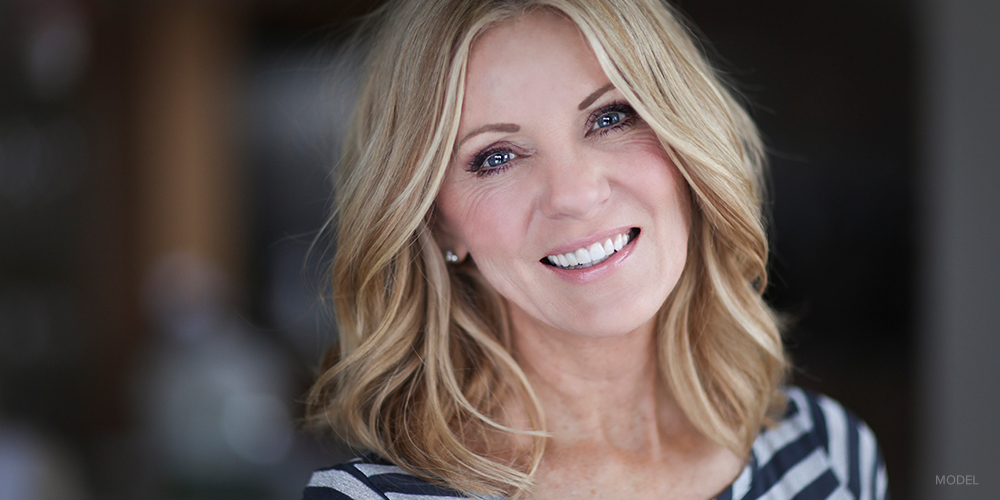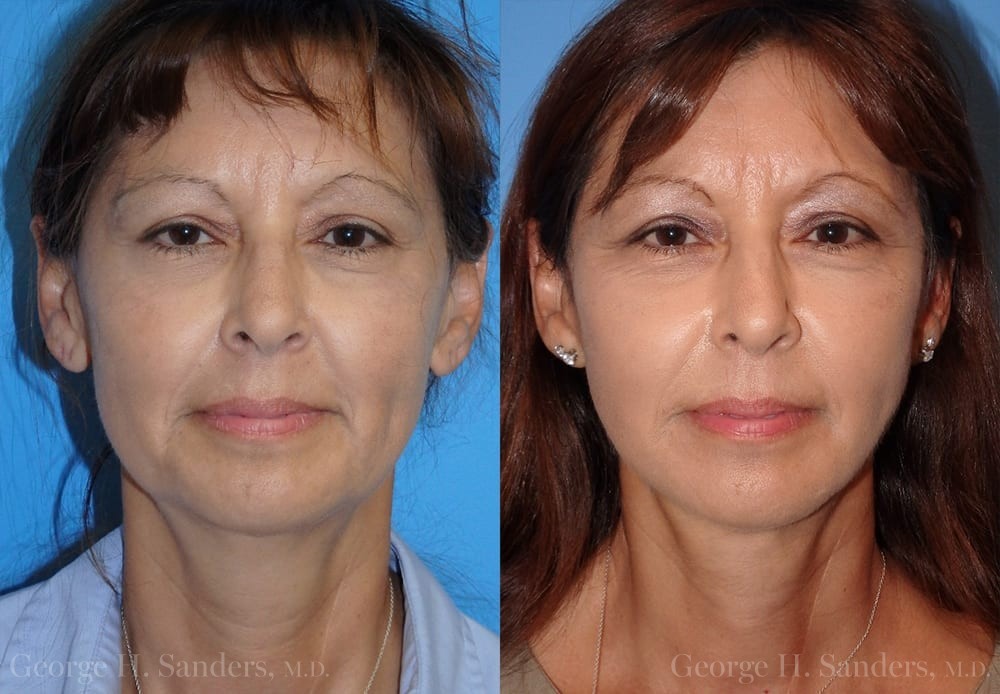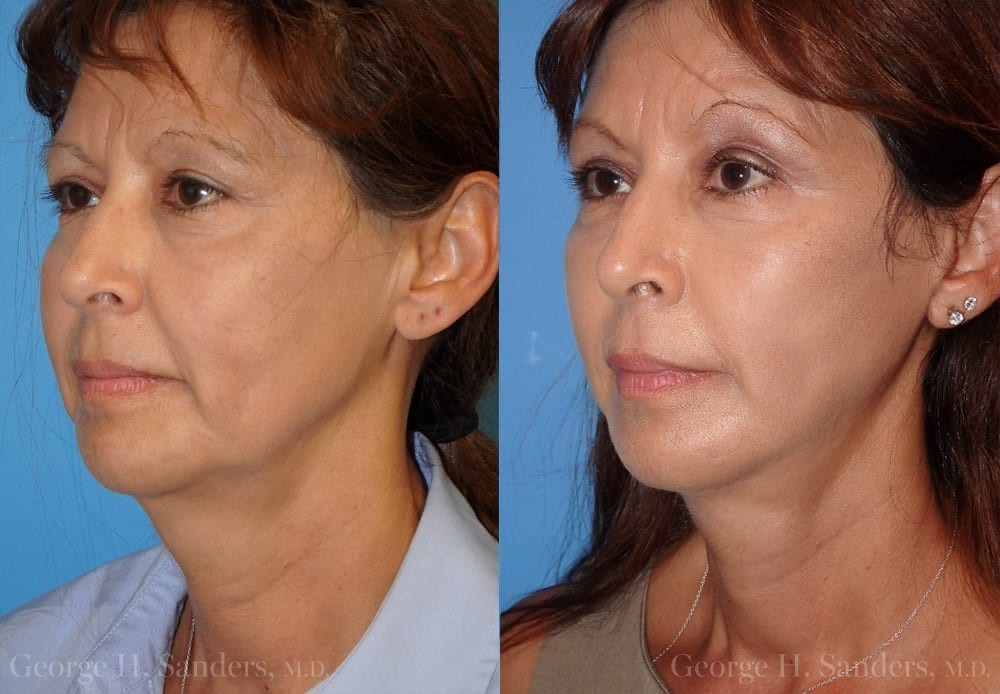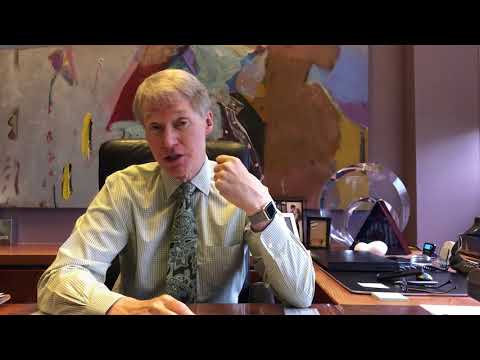Facelift Topics

Dr. Sanders can help you achieve a smoother and more youthful appearance at his renowned practice serving the Los Angeles area.
Reasons Why People Choose to Get a Facelift
Facelifts can help you target many signs of aging at the same time. It can be an excellent option if you have tried other procedures but have not seen the dramatic results you want.
Facelifts can address:
- Sagging appearance of the cheeks
- Sagging skin on the neck
- Deep skin folds around the mouth and nose
- Excess skin at the jawline
Through a facelift, Dr. Sanders’ patients can reverse some of the visible signs of age and once again look like younger versions of themselves.
What Patients Are Saying About Us
Come and see why Dr. Sanders has a 5-star Google rating from his ecstatic patients!
Types of Facelift Procedures
The size and location of the surgical incisions, as well as certain other details of the procedure, vary based on the type of facelift being performed:
Full Facelift
In a full facelift procedure, an incision is made inside the front edge of the ear and extends under the sideburn and up into the temple area. Another incision is also made behind the ear, extending into the hair. A third incision is made beneath the chin. During the procedure, fat is removed and redistributed and the underlying layers of tissue and muscles of the face are lifted. The skin is then redraped over the area, and the excess skin is trimmed and sutured into place.
Full Necklift
A full necklift procedure is the same as a full facelift, except that the incision does not extend up to the temple area, and addresses the jawline and neck areas only. This procedure is perfect for patients who wish to address only these areas and leave the cheeks alone.
Cheeklift
In a cheeklift procedure, the cheek and jowl areas are lifted, but the incision does not extend into the hair behind the ear, nor is there an incision made beneath the chin, leaving the neck alone. Many younger patients find that this addresses their areas of concern. This procedure is ideal for patients who have sagging skin in the cheek and/or jowl area, but do not have excess skin or band lines on the neck.
Limited Necklift
A limited necklift addresses the jawline and neck, but is intended for those patients without a great deal of loose skin or muscle in the neck region. The skin of the front of the neck is not lifted to achieve access to the muscle. Instead, that muscle in the front of the neck is tightened from the side, which also allows for skin tightening. The advantage is that the limited necklift procedure can be done under local anesthesia, no drains are required and no overnight stay in a recovery center is necessary. One very popular type of limited necklift is called a MACS-Lift.
Limited/Mini Facelift
A limited, or mini-facelift combines a limited necklift with a cheeklift in that it improves the cheek and jawline area, with only a moderate change to the neck and no incision beneath the chin. This type of facelift is perfect for patients who want smoother, lifted skin around the cheek and jawline but whose neck requires minimal improvement. One popular type of mini-facelift is termed an Extended MACS-Lift.
Who is a Good Candidate for a Facelift?
A good candidate for facelift surgery generally has:
Have Good Overall Health:
Before a facelift procedure, Dr. Sanders will take a brief medical history, ensuring that the patient does not have any illnesses or medical conditions that would impede their ability to heal properly. Ensuring patient safety is always the top priority, and facelifts are only recommended for those in good general physical health.
Have Loose Skin of the Face and Neck; Drooping Fat and Muscle:
With time, the skin tends to lose some of its elasticity, meaning it is not quite as tight as it may have been when you were younger. This can lead to some unwanted cosmetic effects, including loose folds of skin along the face and neck, folds of skin on the sides of the nose, jowls, sagging fat, and muscle bands over the front of the neck. For those who have this saggy or droopy appearance, a facelift may be the perfect solution.
Have Good Skin Condition:
Facelifts are generally recommended for those whose skin is healthy and clear overall. There are a number of reasons for this, but the main one is that skin disorders may actually increase the risk of visible scarring. Dr. Sanders will generally encourage patients to have underlying skin disorders addressed before moving forward with a facelift procedure.
Have Realistic Expectations:
The best facelift procedures offer substantial but also subtle results, not making it overly obvious to everyone you come into contact with that you had “work” done. However, to achieve a high level of satisfaction, patients must have the right expectations about their facelift results. Dr. Sanders will review these expectations with patients before their procedure.
Before & After Photos
A facelift can bring harmony to your features, restore some of your skin’s tightness, and help you look like a younger version of yourself. For evidence of how great a difference a facelift can make, take just a moment to browse these before and after images, featuring some of Dr. Sanders’ actual patients.


The “Natural” Facelift
We all suffer from the consequences of age. But today, more women and men are discovering that by repositioning drooping fat, removing excess fat, tightening underlying muscles and re-draping skin, they can receive rejuvenating effects. For some, a facelift procedure may provide the solution. But how do you avoid a “plastic,” pulled look that lets the world know you’ve had a procedure? The skill and artistry of Dr. Sanders can enable patients to appear years younger and recapture their youth with an improvement that appears natural. To do this, he offers more than one type of facelift to his Los Angeles patients.
Skin Resurfacing at the Time of the Facial Lift
Many patients have aging skin as well as drooping skin, muscle or fat. Laser skin resurfacing is frequently done at the same time as the facial lift. It can be done in small areas, such as the lips and eyelids, or over the entire face. After seven days, healing is usually completed to the point that makeup covers the treated area beautifully.
Dr. Sanders’ Facelift Process Explained
Dr. Sanders offers many types of facelifts and neck lifts.
For a full facelift, he begins by making an incision at the edge of your ear, extending it under the sideburns area and up to your temples. Another incision goes behind your ear and one more beneath the chin. These incisions allow Dr. Sanders to move the various layers and remove fat as needed. Once everything is in place, he can readjust the skin and remove any excess.
At the end of the procedure, Dr. Sanders will bandage your incisions and offer post-op instructions to promote a quick and safe recovery.
Facelift FAQ
-
How much does a facelift cost?
The price of a facelift varies based on the needs and aesthetic desires of the patient. During your consultation with Dr. Sanders, he will provide you with a price estimate that is based on these individual factors. At that time, you may also wish to ask Dr. Sanders about the financing options that he offers, which create an affordable monthly payment method with low to zero interest.
- Is there an age limit for facelift surgery?
- Are there any risks involved?
- Is facelift surgery painful?
- Are there any alternatives to facelift surgery?
- Does facelift surgery leave noticeable scarring?
- What Is the Best Way to Maintain Facelift Results?
- Are Facelift Results Permanent?
- Will My Face Continue to Sag After a Facelift?
- What’s the Difference Between Male and Female Facelifts?
- Is a facelift really worth it?
Recovering from Facelift Surgery
Recovery time for a facelift surgery is usually 10-14 days, based on the type of facelift performed and your rate of healing. After a full facelift and full necklift procedure, you will generally have small drainage tubes behind each ear for a few days. After any type of facelift, there will be some bruising and swelling on the face, which should subside within the first two weeks. After 10-14 days, you may resume normal activities, including driving and light exercise. Most patients look quite normal by then.
During the first few days after the procedure, it is a good idea to have someone to help you so you do not have to move around too much. You want to rest and give your body time to heal. Take your medications as directed. Four to six days after the procedure, you should start noticing a decrease in swelling.
You must avoid drinking alcohol and taking blood-thinning medications as they may impact your healing.
By the end of the second week, you can do light housework and walking. You may return to most exercise routines by the third or fourth week. After one week, you will also have the sutures removed. You should be back to your regular daily activities within about a month.
Complementary Surgeries
Many patients choose to enhance their facelift with facial implants, fat injections or dermal fillers. Which should you choose?
Facelift surgery and facial implants solve two different aesthetic problems, though they may also be used together depending on the patient’s needs. Facelift surgery alone will lift drooping fat, remove excess fat and tighten loose muscle and loose skin. In some cases, nothing further is required. In other cases, the addition of implants/fat/injectables to the cheek or jawline will restore a more youthful look. This may be done with or without facelift surgery, depending on the patient’s needs and desires. In the consultation, these issues can be discussed in detail as they pertain to the case at hand.
Why People Choose Dr. Sanders for a Facelift
Dr. Sanders is a board-certified plastic surgeon with years of experience helping people achieve their aesthetic goals. By relying on specialized techniques and leading technologies, Dr. Sanders offers you the chance to regain a more youthful look. For more information on facelift surgery, please contact Dr. Sanders’ Los Angeles office to schedule a consultation.

